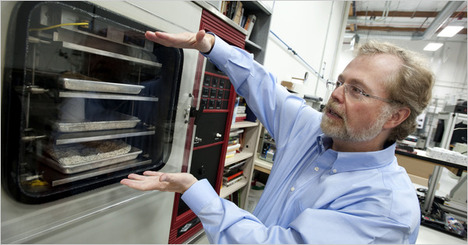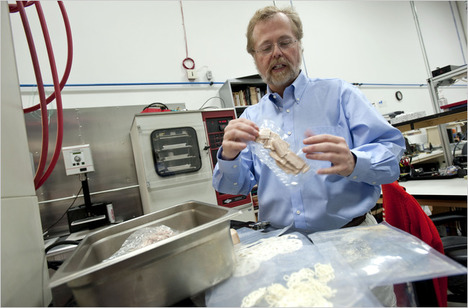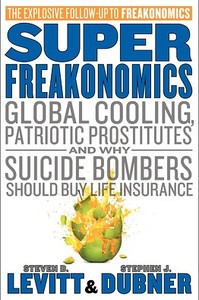(p. 147) The whole thing used forty-five chips, and Steve paid me half the seven hundred bucks he said they paid him for it. (They were paying us based on how few chips I could do it. in.) Later I found out he got paid a bit (p. 148) more for it–like a few thousand dollars–than he said at the time, but we were kids, you know. He got paid one amount, and told me he got paid another. He wasn’t honest with me, and I was hurt. But I didn’t make a big deal about it or anything.
Ethics always mattered to me, and I still don’t really understand why he would’ve gotten paid one thing and told me he’d gotten paid another. But, you know, people are different. And in no way do I regret the experience at Atari with Steve Jobs. He was my best friend and I still feel extremely linked with him. I wish him well. And it was a great project that was so fun. Anyway, in the long run of money–Steve and I ended up getting very comfortable money-wise from our work founding Apple just a few years later–it certainly didn’t add up to much.
Steve and I were the best of friends for a very, very long time. We had the same goals for a while. They jelled perfectly at forming Apple. But we were always different people, different people right from the start.
You know, it’s strange, hut right around the time I started working on what later became the Apple I board, this idea popped into my mind about two guys who die on the same day. One guy is really successful, and he’s spending all his time running companies, managing them, making sure they are profitable, and making sales goals all the time. And the other guy, all he does is lounge around, doesn’t have much money, really likes to tell jokes and follow gadgets and technology and other things he finds interesting in the world, and he just spends his life laughing.
In my head, the guy who’d rather laugh than control things is going to be the one who has the happier life. That’s just my opinion. I figure happiness is the most important thing in life, just how much you laugh. The guy whose head kind of floats, he’s so happy. That’s who I am, who I want to be and have always wanted to be.
(p. 149) And that’s why I never let stuff like what happened with Breakout bother me. Though you can disagree–you can even split from a relationship–you don’t have to hold it against the other. You’re just different. That’s the best way to live life and be happy
And I figured this all out even before Steve and I started Apple.
Source:
Wozniak, Steve, and Gina Smith. iWoz: Computer Geek to Cult Icon: How I Invented the Personal Computer, Co-Founded Apple, and Had Fun Doing It. New York: W. W. Norton & Co., 2006.




